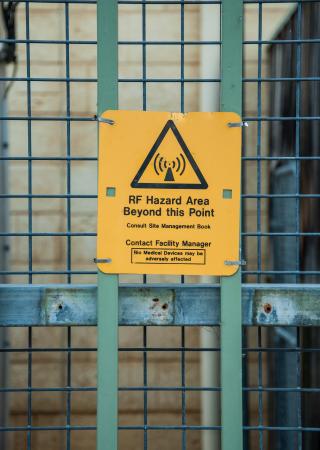RISK AND SAFETY
WE HELP YOU ASSESS AND REDUCE RISK AT EVERY PHASE OF YOUR ASSET LIFECYCLE
THE IMPORTANCE OF MITIGATING RISK AND SAFETY ACROSS YOUR ASSET LIFE CYCLE
Risk can be defined as the combination of the probability of an event occurring and its consequence. Understanding and managing risks at any stage in your project lifecycle can therefore prevent risks to personnel safety, environmental impact, asset damage, business interruption, and company reputation and ensure they are prevented or reduced to as-low-as-is-reasonably-practicable (ALARP) standards.
Nowadays, risk management is recognised as an integral part of good management practice, involving identifying, analysing, evaluating, treating, monitoring, and communicating risks that enable companies to minimise losses and maximise opportunities.
BENEFITS
-
Manage risk effectively
by early identification of hazards and implement safeguards in the design of an asset.
-
Increase accountability
as actionable responses which are traceable, and auditable by management and legislative inspectorates.
-
Improve operability
productivity, stability, and quality with thorough lifecycle management of your plant, to ensure facilities are managed safely, alongside acceptable levels of business risk.
-
Enhance company image
by demonstrating your commitment to managing risks throughout asset lifecycles.
BUREAU VERITAS IS AN INDUSTRY EXPERTS IN RISK AND SAFETY MANAGEMENT SOLUTIONS
Bureau Veritas combines decades of international industry and marine experience with technical expertise, delivering solutions across the Middle East. By applying and developing risk methods in every domain and using cutting edge digital tools, we ensure your potential hazards are identified, and risks managed in a cost-effective manner. We work with you to develop, implement, maintain, and continually improve best practices in managing risks. Contact us to help you discover more ways to move forward safely and with confidence.
DISCOVER OUR COMPLETE RISK AND SAFETY SERVICES
HAZARD ASSESSMENT
CONSEQUENCE ASSESSMENT
RISK QUANTIFICATION/REDUCTION
RELIABILITY




















